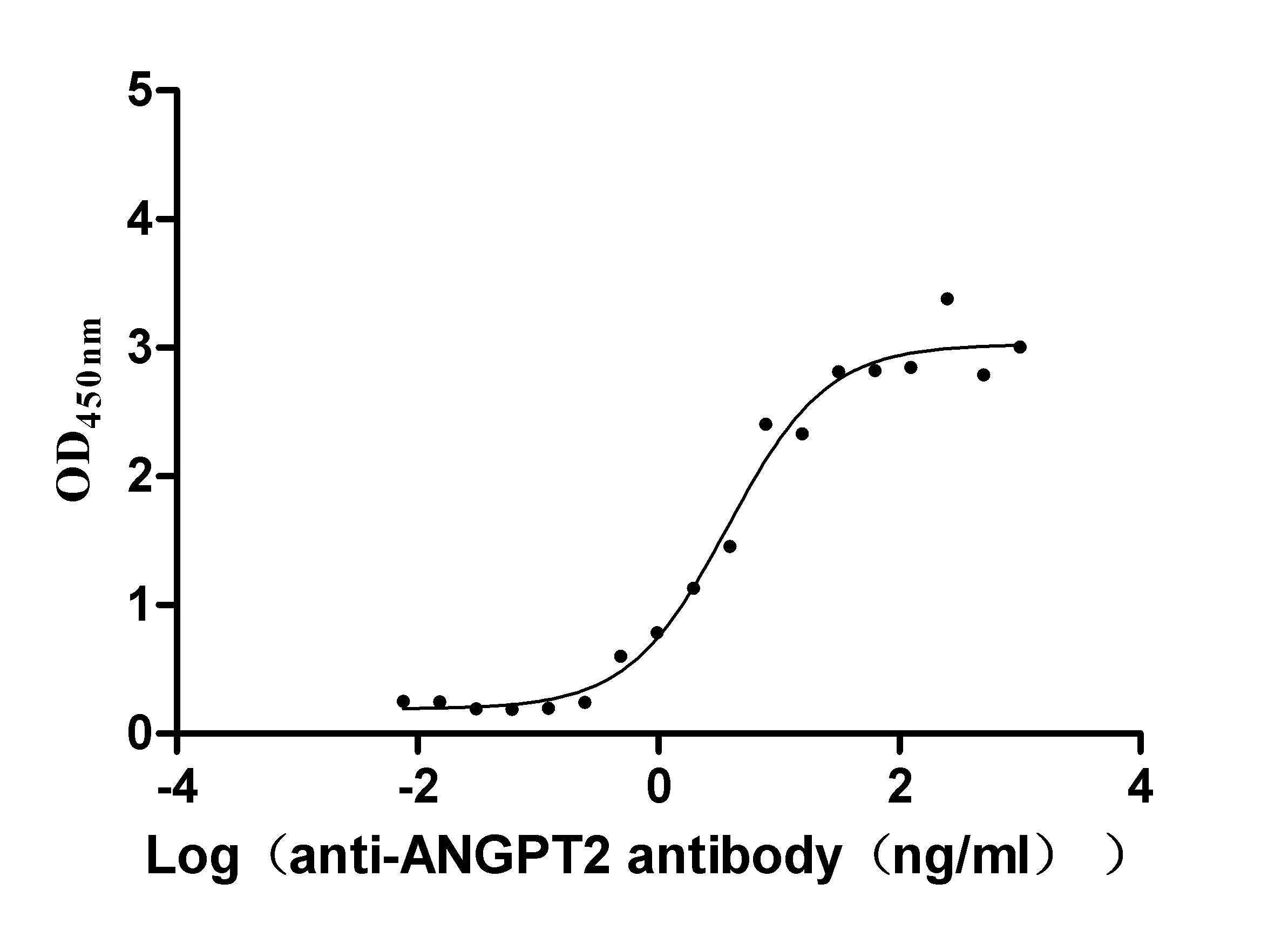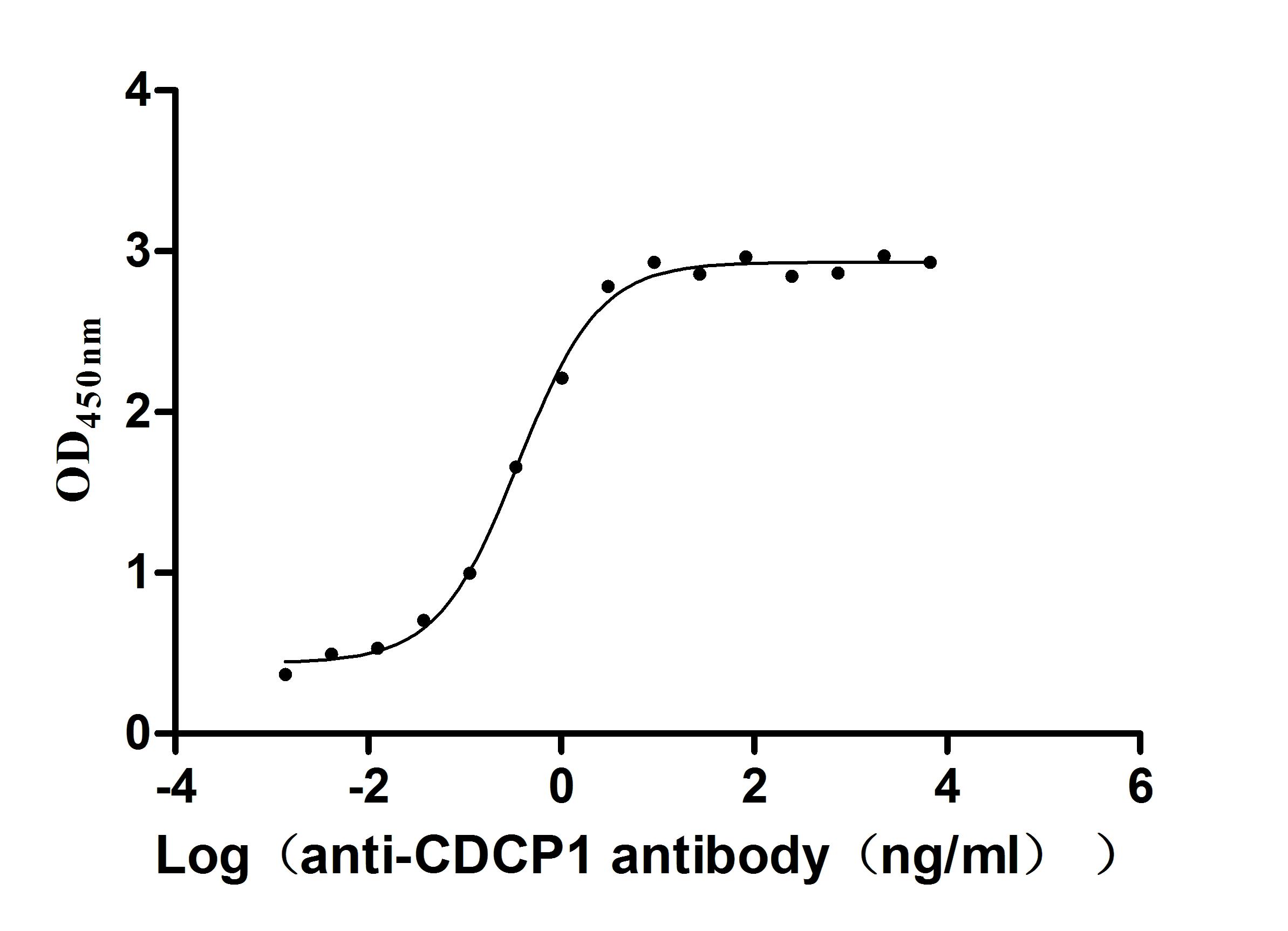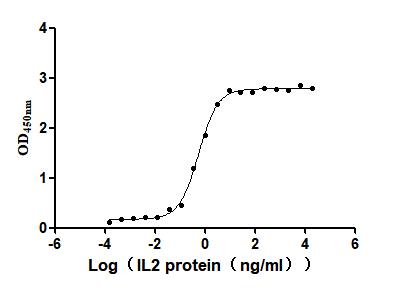Recombinant Human BRISC complex subunit Abro1 (FAM175B)
-
中文名稱:Recombinant Human BRISC complex subunit Abro1(FAM175B)
-
貨號:CSB-EP619958HU
-
規(guī)格:¥1344
-
圖片:
-
其他:
產(chǎn)品詳情
-
純度:Greater than 90% as determined by SDS-PAGE.
-
基因名:ABRAXAS2
-
Uniprot No.:
-
別名:ABRAXAS2; ABRO1; FAM175B; KIAA0157BRISC complex subunit Abraxas 2; Abraxas brother protein 1; Protein FAM175B
-
種屬:Homo sapiens (Human)
-
蛋白長度:Full Length
-
來源:E.coli
-
分子量:73.9kDa
-
表達區(qū)域:1-415aa
-
氨基酸序列MAASISGYTFSAVCFHSANSNADHEGFLLGEVRQEETFSISDSQISNTEFLQVIEIHNHQPCSKLFSFYDYASKVNEESLDRILKDRRKKVIGWYRFRRNTQQQMSYREQVLHKQLTRILGVPDLVFLLFSFISTANNSTHALEYVLFRPNRRYNQRISLAIPNLGNTSQQEYKVSSVPNTSQSYAKVIKEHGTDFFDKDGVMKDIRAIYQVYNALQEKVQAVCADVEKSERVVESCQAEVNKLRRQITQRKNEKEQERRLQQAVLSRQMPSESLDPAFSPRMPSSGFAAEGRSTLGDAEASDPPPPYSDFHPNNQESTLSHSRMERSVFMPRPQAVGSSNYASTSAGLKYPGSGADLPPPQRAAGDSGEDSDDSDYENLIDPTEPSNSEYSHSKDSRPMAHPDEDPRNTQTSQI
Note: The complete sequence may include tag sequence, target protein sequence, linker sequence and extra sequence that is translated with the protein sequence for the purpose(s) of secretion, stability, solubility, etc.
If the exact amino acid sequence of this recombinant protein is critical to your application, please explicitly request the full and complete sequence of this protein before ordering. -
蛋白標簽:N-terminal GST-tagged
-
產(chǎn)品提供形式:Liquid or Lyophilized powder
Note: We will preferentially ship the format that we have in stock, however, if you have any special requirement for the format, please remark your requirement when placing the order, we will prepare according to your demand. -
緩沖液:If the delivery form is liquid, the default storage buffer is Tris/PBS-based buffer, 5%-50% glycerol.
Note: If you have any special requirement for the glycerol content, please remark when you place the order.
If the delivery form is lyophilized powder, the buffer before lyophilization is Tris/PBS-based buffer, 6% Trehalose. -
儲存條件:Store at -20°C/-80°C upon receipt, aliquoting is necessary for mutiple use. Avoid repeated freeze-thaw cycles.
-
保質期:The shelf life is related to many factors, storage state, buffer ingredients, storage temperature and the stability of the protein itself.
Generally, the shelf life of liquid form is 6 months at -20°C/-80°C. The shelf life of lyophilized form is 12 months at -20°C/-80°C. -
貨期:Basically, we can dispatch the products out in 1-3 working days after receiving your orders. Delivery time may differ from different purchasing way or location, please kindly consult your local distributors for specific delivery time.Note: All of our proteins are default shipped with normal blue ice packs, if you request to ship with dry ice, please communicate with us in advance and extra fees will be charged.
-
注意事項:Repeated freezing and thawing is not recommended. Store working aliquots at 4°C for up to one week.
-
Datasheet & COA:Please contact us to get it.
相關產(chǎn)品
靶點詳情
-
功能:Component of the BRISC complex, a multiprotein complex that specifically cleaves 'Lys-63'-linked polyubiquitin, leaving the last ubiquitin chain attached to its substrates. May act as a central scaffold protein that assembles the various components of the BRISC complex and retains them in the cytoplasm. Plays a role in regulating the onset of apoptosis via its role in modulating 'Lys-63'-linked ubiquitination of target proteins. Required for normal mitotic spindle assembly and microtubule attachment to kinetochores via its role in deubiquitinating NUMA1. Plays a role in interferon signaling via its role in the deubiquitination of the interferon receptor IFNAR1; deubiquitination increases IFNAR1 activities by enhancing its stability and cell surface expression. Down-regulates the response to bacterial lipopolysaccharide (LPS) via its role in IFNAR1 deubiquitination. Required for normal induction of p53/TP53 in response to DNA damage. Independent of the BRISC complex, promotes interaction between USP7 and p53/TP53, and thereby promotes deubiquitination of p53/TP53, preventing its degradation and resulting in increased p53/TP53-mediated transcription regulation and p53/TP53-dependent apoptosis in response to DNA damage.
-
基因功能參考文獻:
- In late S/G2 phase, the DNA damage-responsive E3 ligase RNF8 conjugates K63-linked ubiquitin chains to tankyrase 1, while in G1 phase such ubiquitin chains are removed by BRISC, an ABRO1/BRCC36-containing deubiquitinase complex. PMID: 27993934
- KIAA0157 allosterically activates a cognate deubiquitinating enzyme (DUB) partner and implicates super dimerization as a new regulatory mechanism underlying BRCC36 DUB activity. PMID: 26344097
- ABRO1 is a novel p53 regulator that plays an important role in tumor suppression and the DNA damage response PMID: 25283148
- Study identified Abro1 as a specific interactor of THAP5, a zinc finger transcription factor that is involved in G2/M control and apoptosis. PMID: 21195082
-
亞細胞定位:Cytoplasm. Nucleus. Cytoplasm, cytoskeleton, spindle pole. Cytoplasm, cytoskeleton.
-
蛋白家族:FAM175 family, Abro1 subfamily
-
組織特異性:Detected in heart muscle (at protein level). Detected in heart and muscle, and at much lower levels in brain.
-
數(shù)據(jù)庫鏈接:
Most popular with customers
-
Recombinant Human Heat-stable enterotoxin receptor (GUCY2C), partial (Active)
Express system: Mammalian cell
Species: Homo sapiens (Human)
-
Recombinant Human papillomavirus type 16 Protein E7 (E7) (Active)
Express system: E.coli
Species: Human papillomavirus type 16
-
Recombinant Human Tumor necrosis factor receptor superfamily member 9 (TNFRSF9), partial (Active)
Express system: Mammalian cell
Species: Homo sapiens (Human)
-
Recombinant Mouse Prolactin receptor (Prlr), partial (Active)
Express system: Mammalian cell
Species: Mus musculus (Mouse)
-
Recombinant Human Angiopoietin-2 (ANGPT2) (Active)
Express system: Mammalian cell
Species: Homo sapiens (Human)
-
Recombinant Dog Angiopoietin-2 (ANGPT2) (Active)
Express system: Mammalian cell
Species: Canis lupus familiaris (Dog) (Canis familiaris)
-
Recombinant Human CUB domain-containing protein 1 (CDCP1), partial (Active)
Express system: Mammalian cell
Species: Homo sapiens (Human)
-
Recombinant Human Interleukin-2 (IL2) (Active)
Express system: Mammalian cell
Species: Homo sapiens (Human)

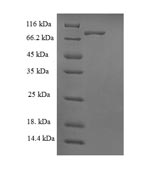

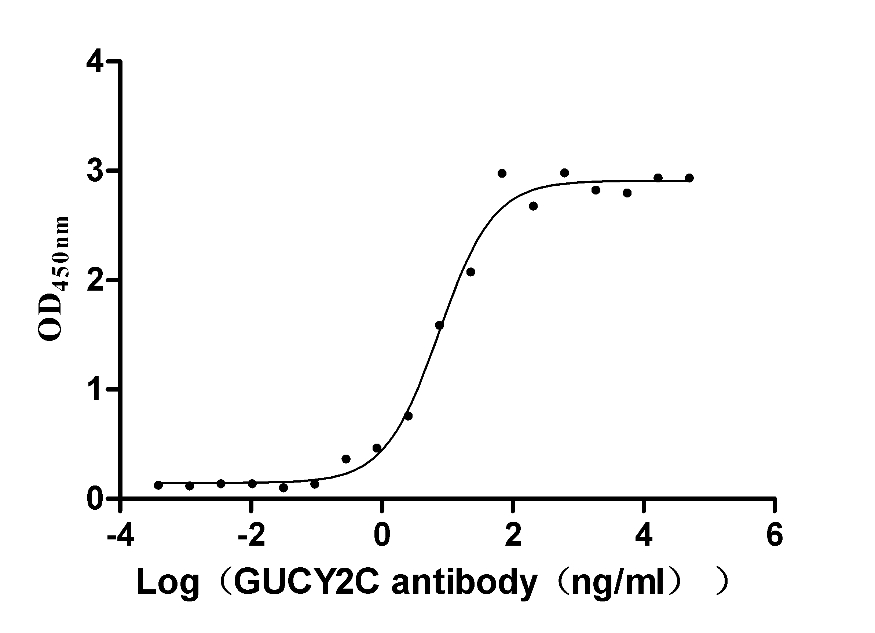
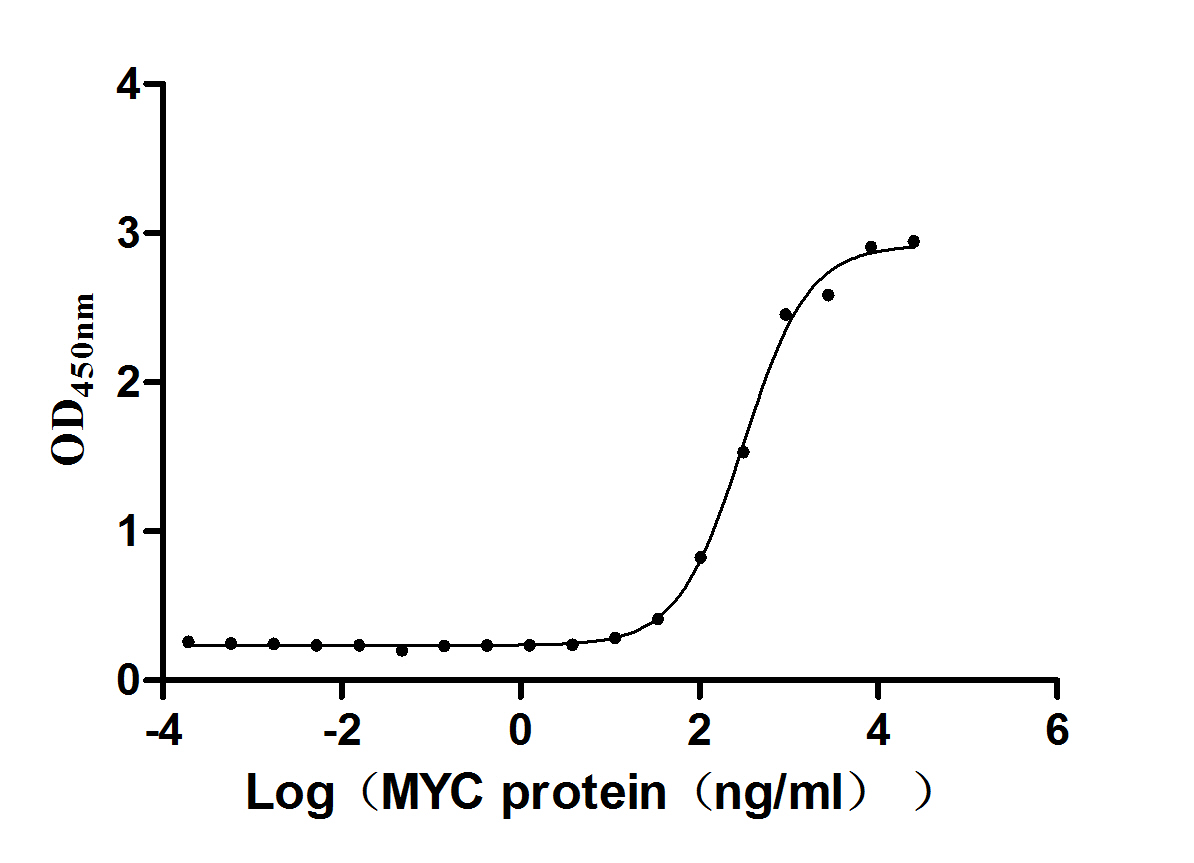
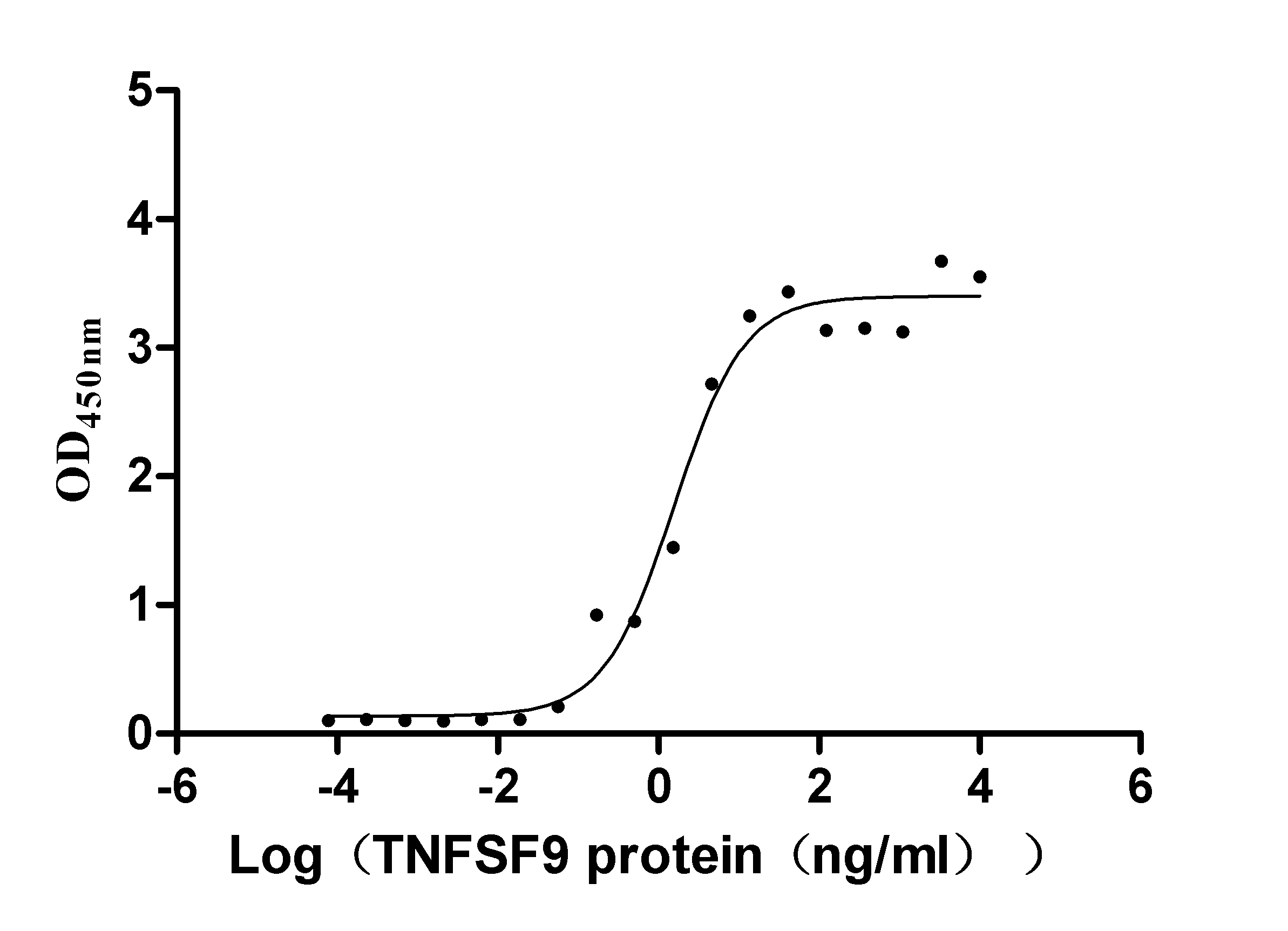
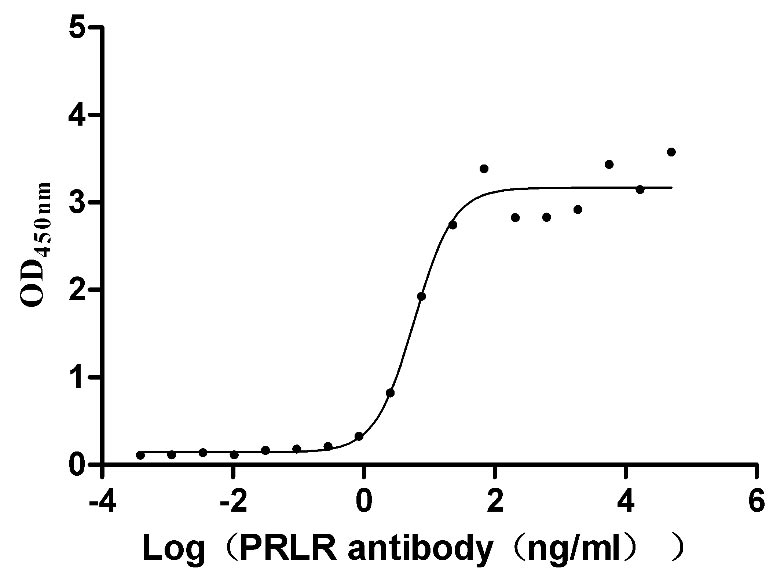
-AC1.jpg)
